 Technique for setting mustard plasters
Technique for setting mustard plasters
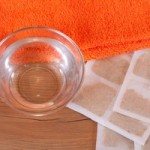
The use of mustard plasters is based on the therapeutic effect of mustard oil, which is part of the mustard, which is released from it at a temperature of 39 to 45 degrees.
The main effect of the procedure is to increase blood circulation, the goal is the resorption of inflammatory processes, pain relief.
The technique of setting mustard plasters is not difficult in practice, however, it is necessary to follow the existing rules and sequence of actions.
Indications for the use of mustard plasters:
- neuralgia;
- myositis;
- respiratory diseases (bronchitis, pneumonia);
- hypertensive crisis;
- angina.
Contraindications to the use of mustard plasters:
- body temperature in adults - above 38 degrees, in children - above 37 degrees;
- external and internal bleeding;
- malignant neoplasms;
- active form of tuberculosis;
- blood diseases;
- diseases and damage to the skin, moles and birthmarks at the sites of application of mustard plasters;
- increased skin sensitivity;
- allergic reaction to mustard.
Technique for setting mustard plasters implies knowledge of the places of their application:
- interscapular and subscapular region;
- anterior and lateral surface of the chest;
- shins and feet;
- back of the head;
- region of the cervical spine.
Before starting the procedure, we prepare the mustard plasters themselves, a water thermometer, water at a temperature of 40-42 degrees, a towel, gauze napkins, gloves, 2 trays and a container with a disinfectant solution. If you have to set up mustard plasters for a child, we prepare a thin diaper and a tray with heated vegetable oil.
Technique for setting mustard plasters
- We wash our hands and put on gloves.
- We install everything you need on a mobile manipulation table.
- When placing mustard plasters on the chest, we ask the patient to get rid of clothes up to the waist.
- Place the patient in the prone position with the head turned to the side. The patient should not feel discomfort, the position should be comfortable.
- We examine the patient's skin for the absence of lesions, moles and symptoms of skin diseases.
- If we put mustard plasters on a child, we fold the diaper with an accordion, moisten it in vegetable oil, wring it out and apply it to the skin.
- Pour water into the tray.
- Immerse the mustard plaster in a tray with water for 1-3 seconds, then remove it, shaking off excess water, apply mustard down to the prepared area of the patient's skin. Similarly, we set the required number of mustard plasters.
- We cover the patient's skin area with mustard plasters with a towel, and on top of it with a blanket.
- After 2-5 minutes, we find out the sensations and well-being of the patient and evaluate the degree of hyperemia of the skin.
- In the absence of complaints, we leave mustard plasters for 7-10 minutes.
- After the expiration of the procedure, we remove the mustard plasters and place them in the waste material tray.
- We remove mustard residues from the patient’s skin, and oil residues from the child’s skin. To do this, take a gauze napkin dipped in warm water. After use, place the napkin in a tray with used mustard plasters.
- We cover the patient with a blanket, leave in bed for 1 hour.
- We disinfect used mustard plasters and napkins in a special container.
- Remove gloves, immerse them in a container with disinfectant to disinfect gloves.
- I wash my hands.
Possible complications after the use of mustard plasters:
- skin burns;
- allergic reaction to mustard in the form of skin irritation.
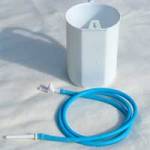

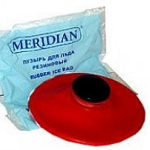
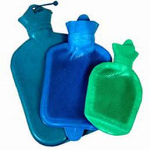

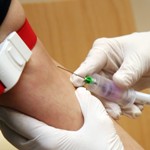
And what is the technique of setting a mustard plaster on the scalp?
Everything is the same, but you can put a diaper or gauze in place of the mustard plaster so that the mustard does not remain on the hair. Although you can wash your hair after the procedure. Yes, and mustard plasters are now mostly reusable - mustard does not crumble and does not remain on the skin.